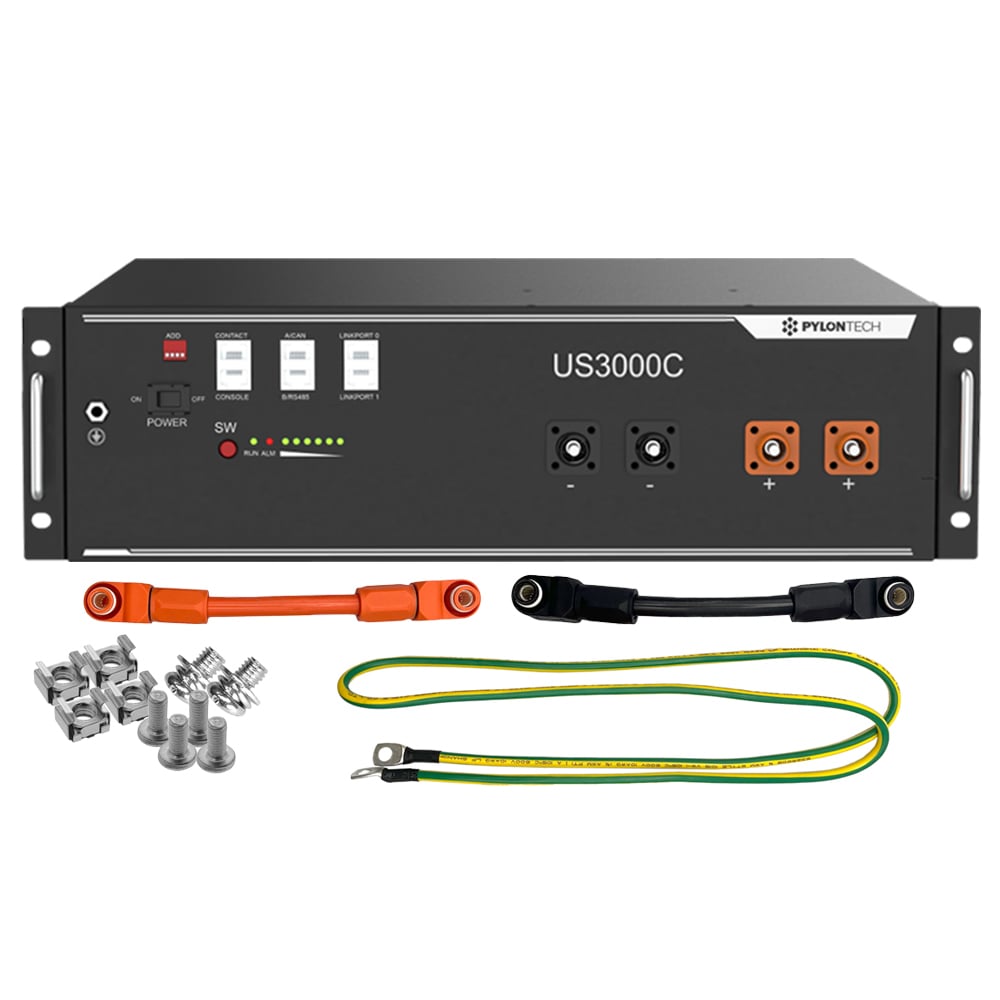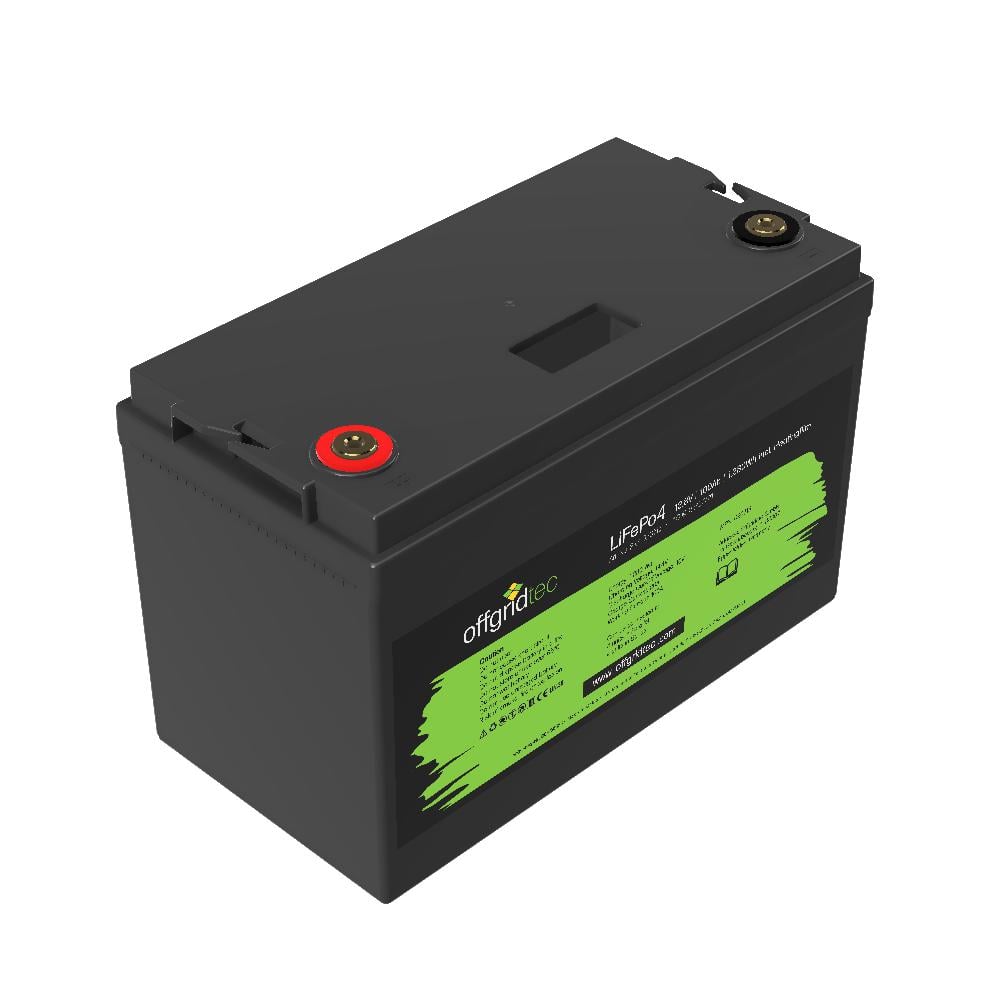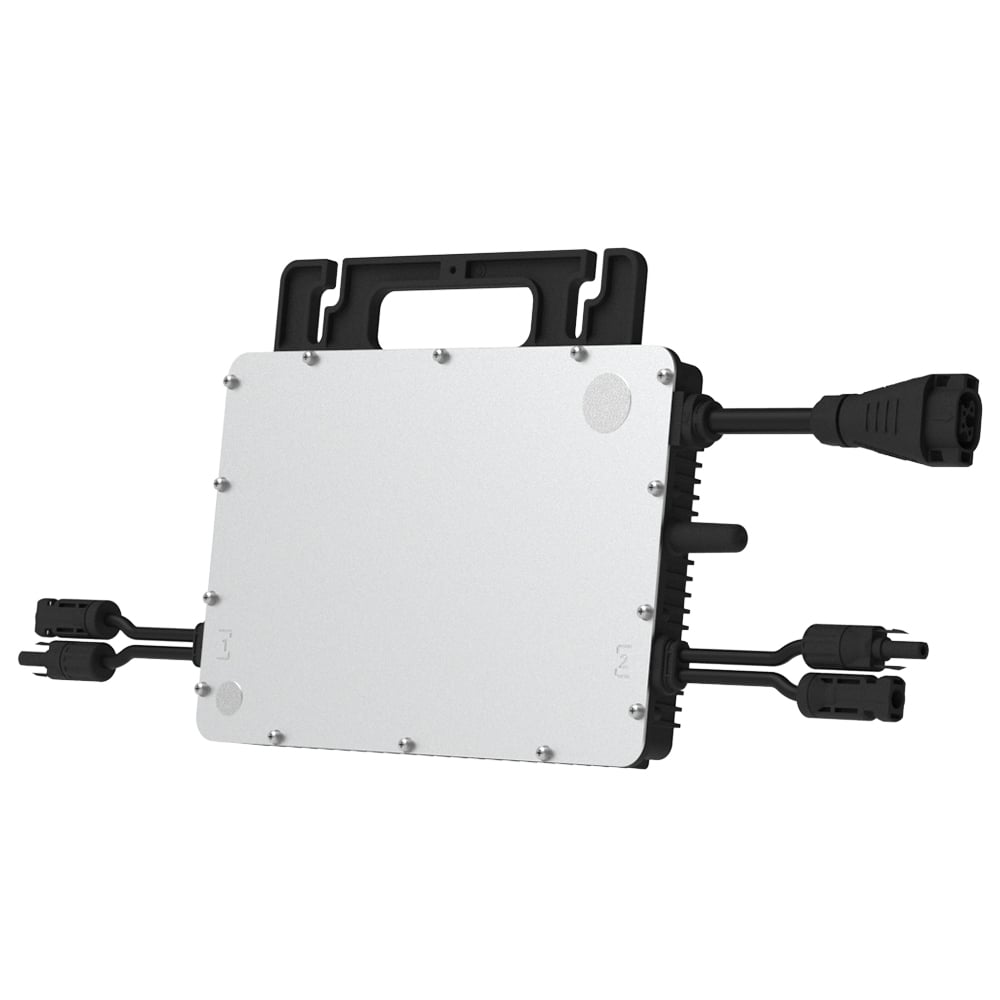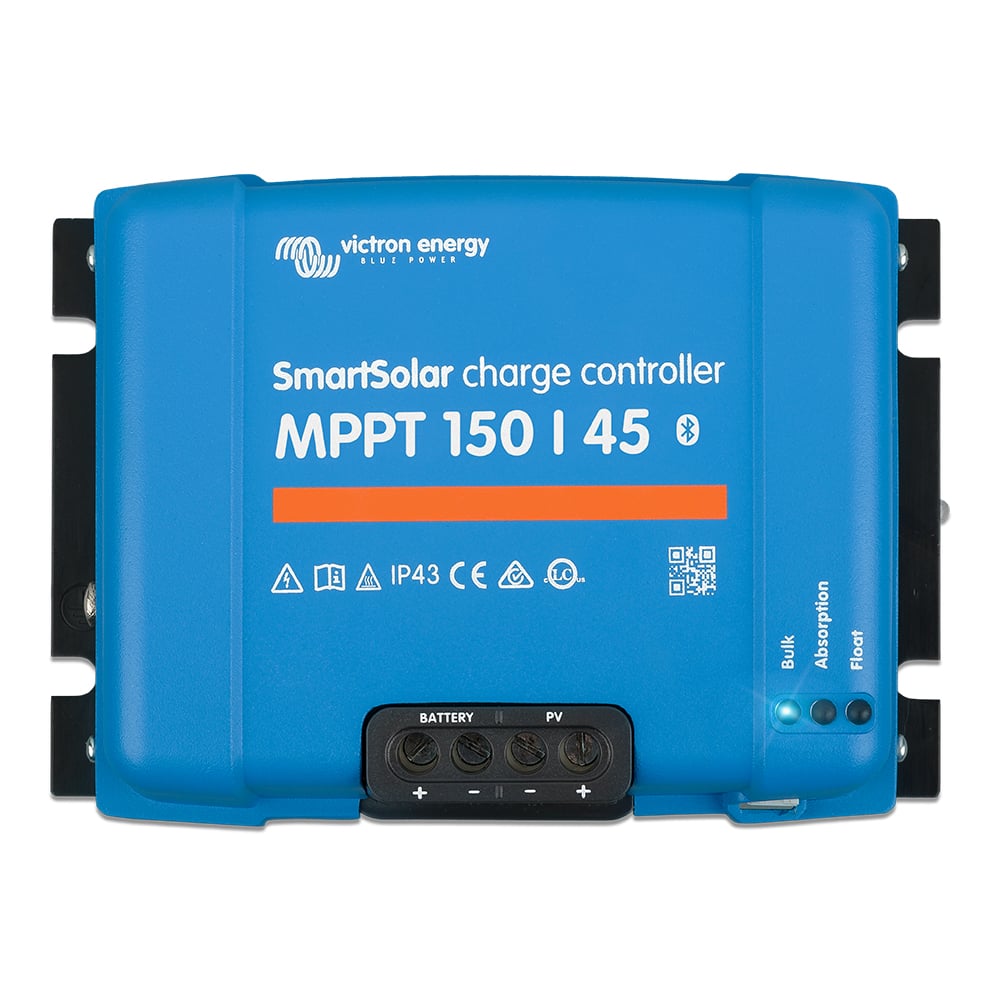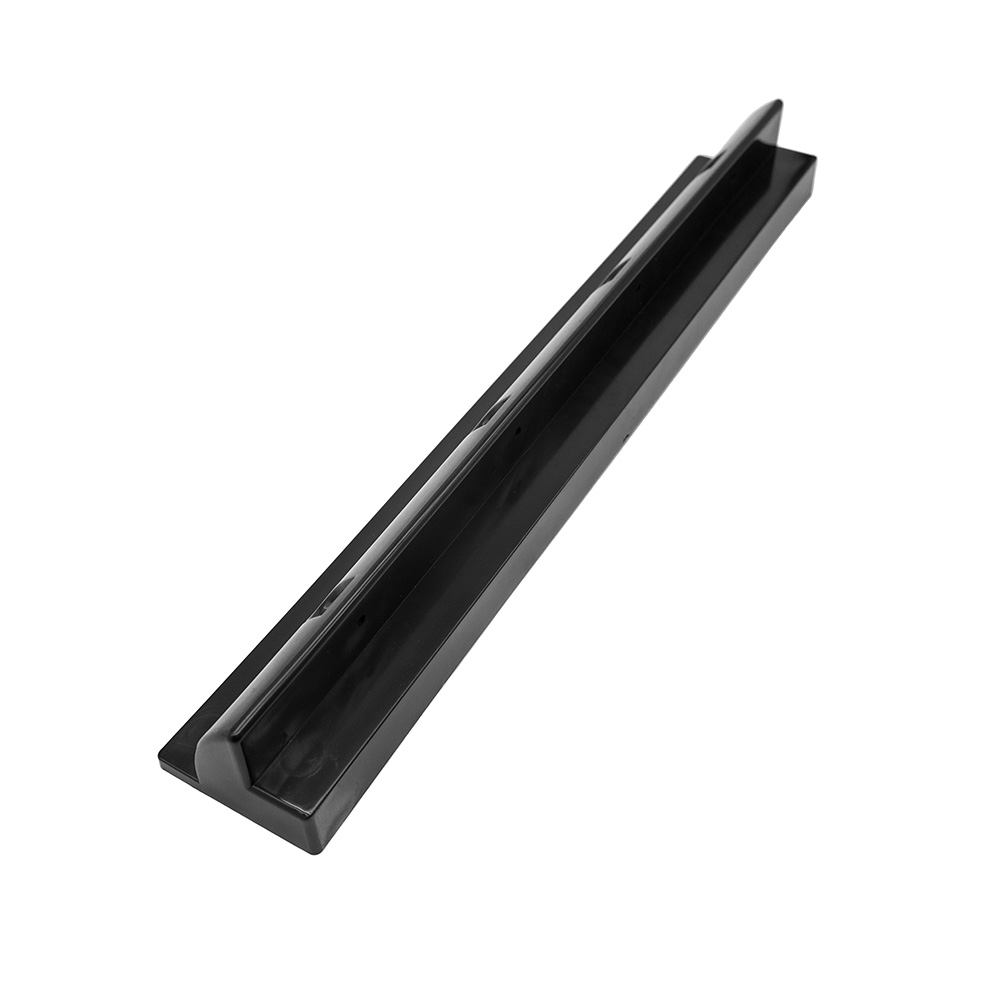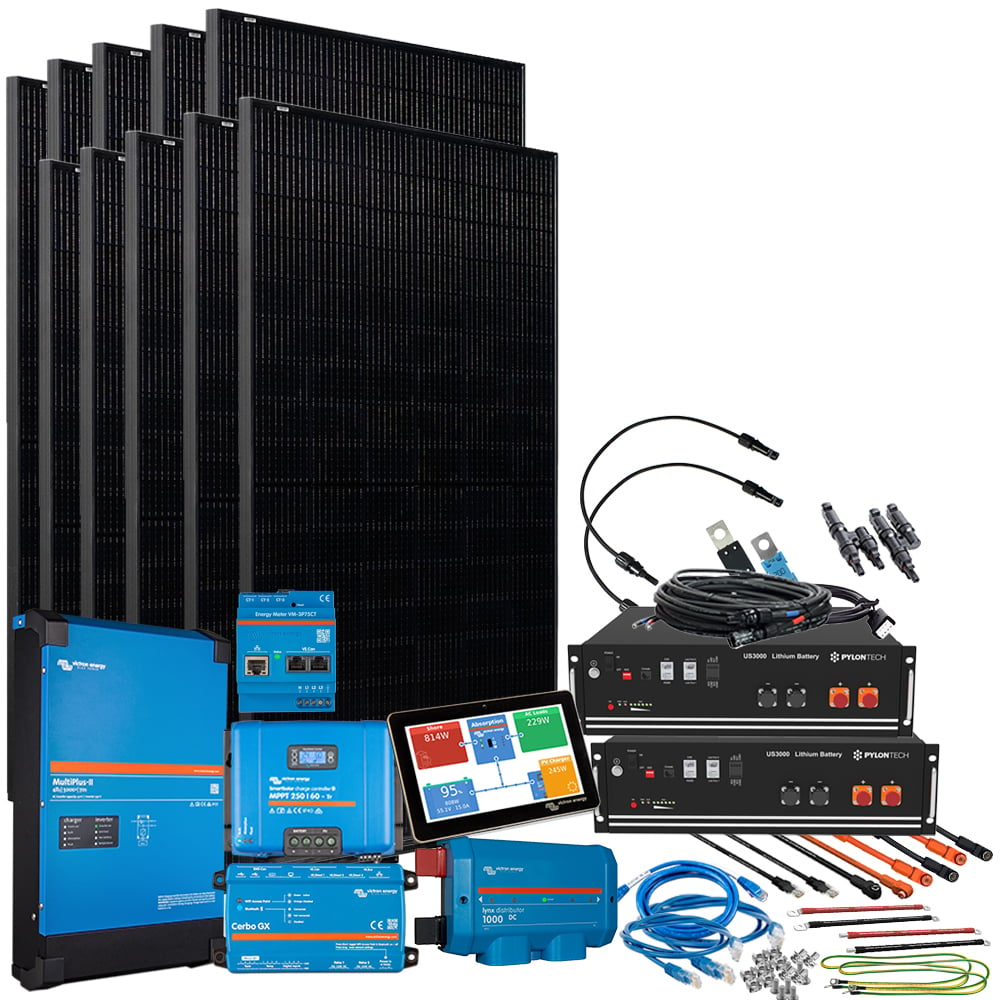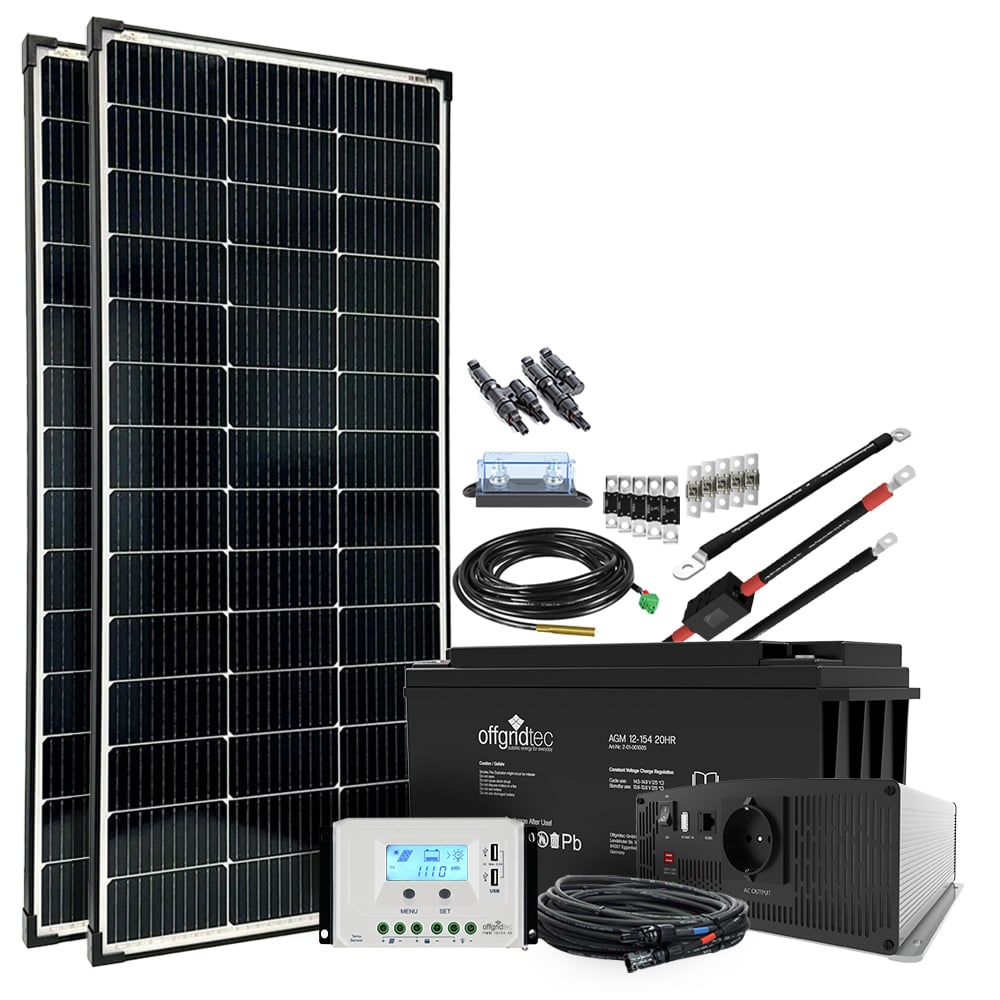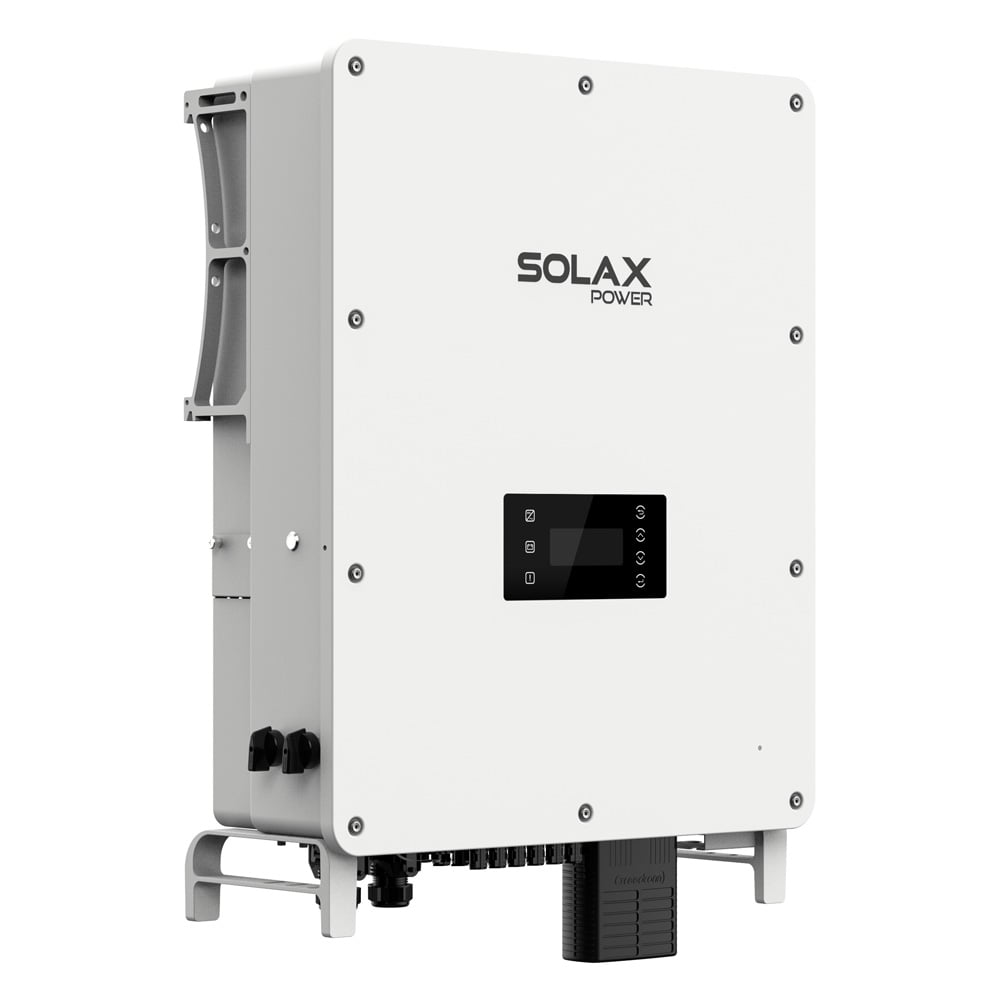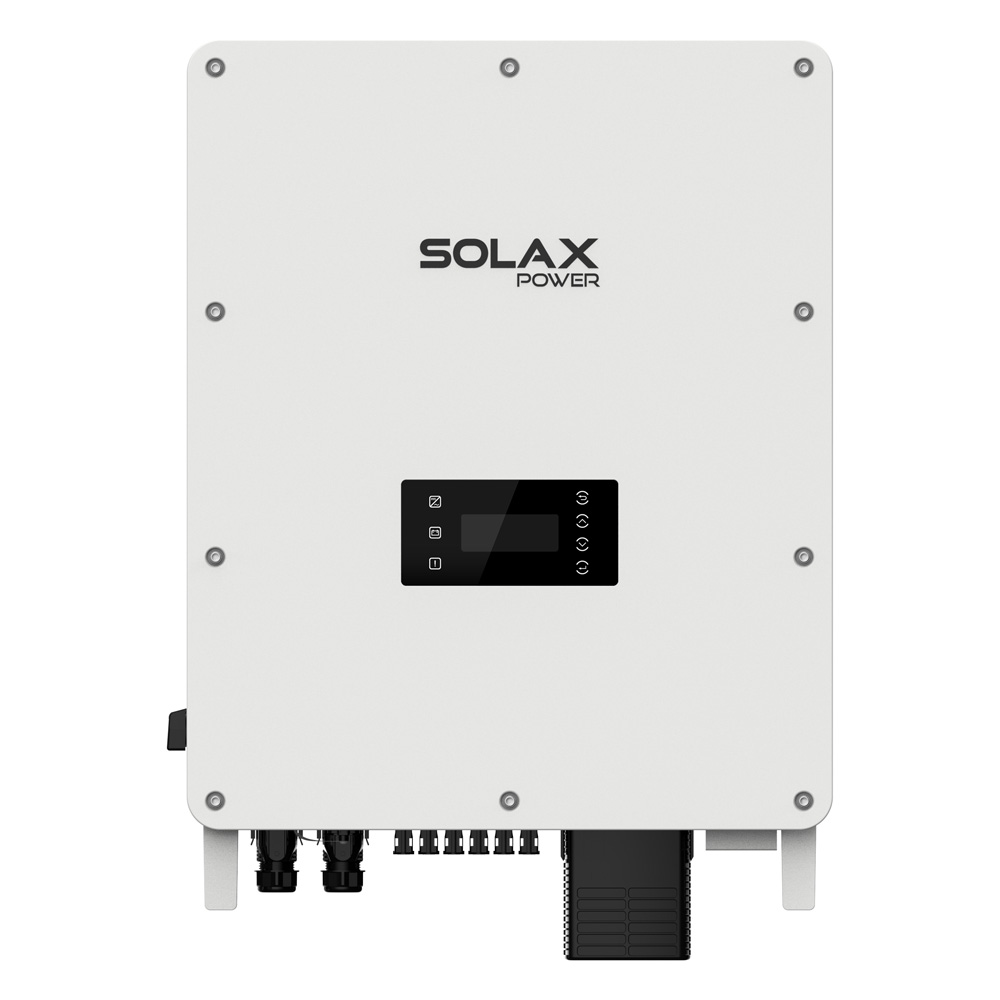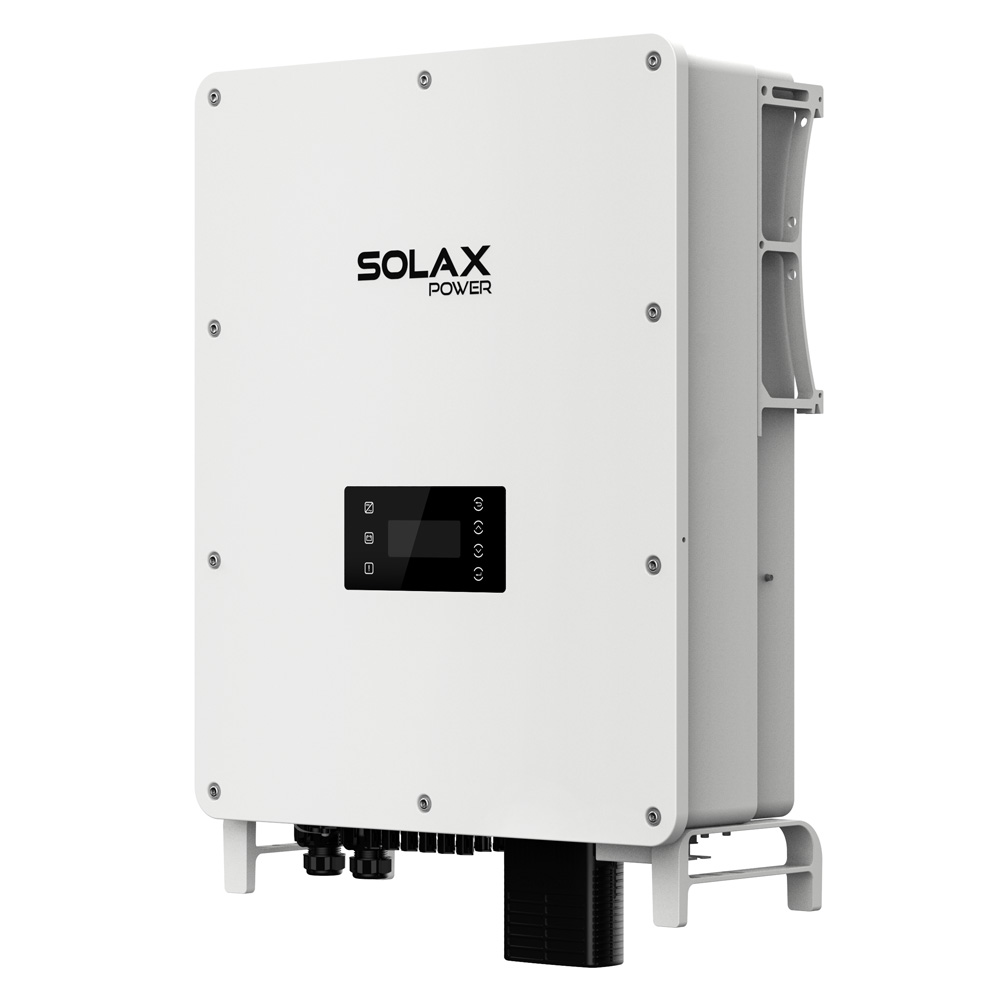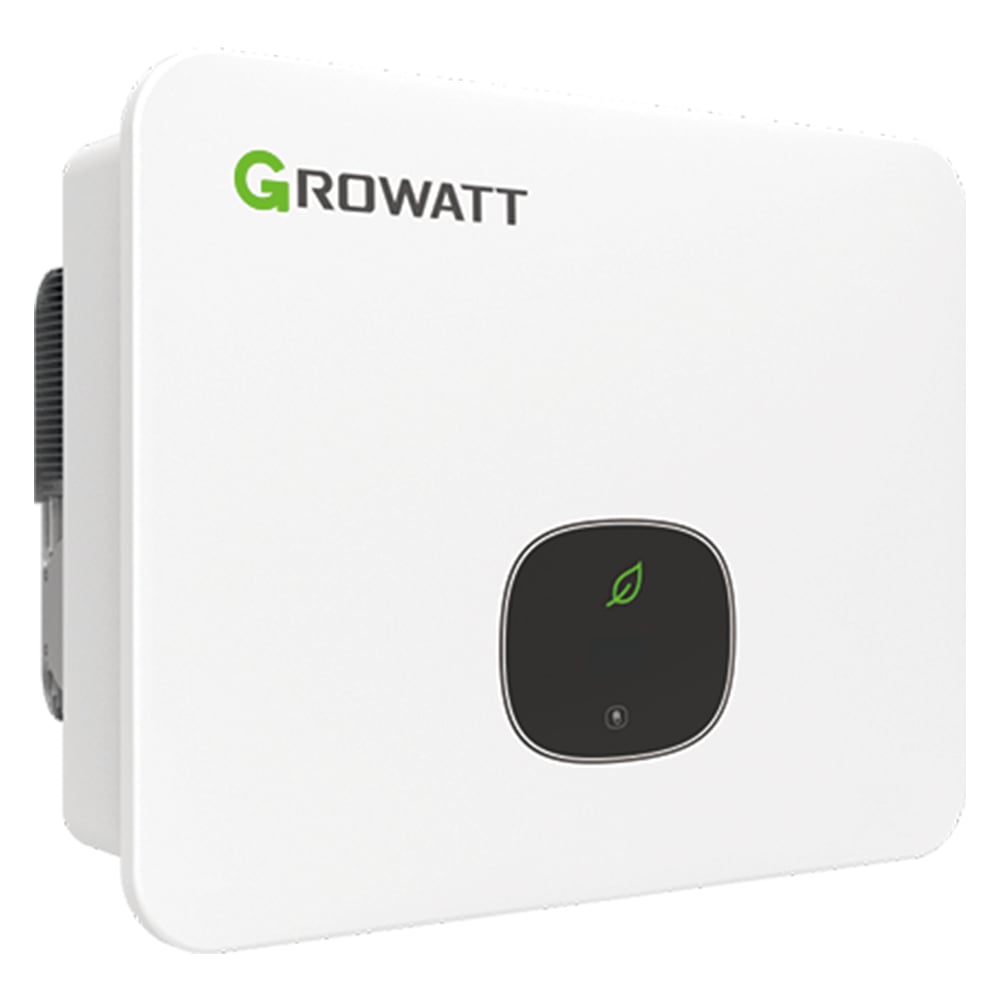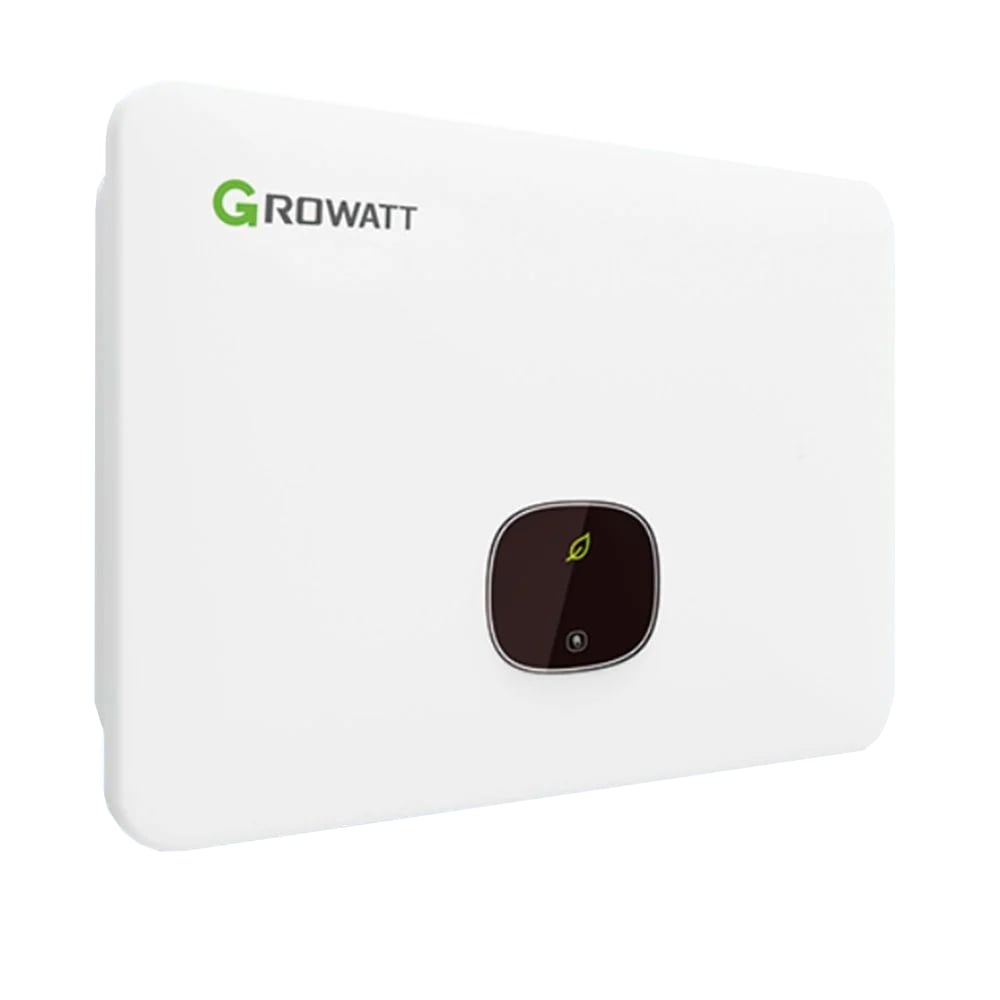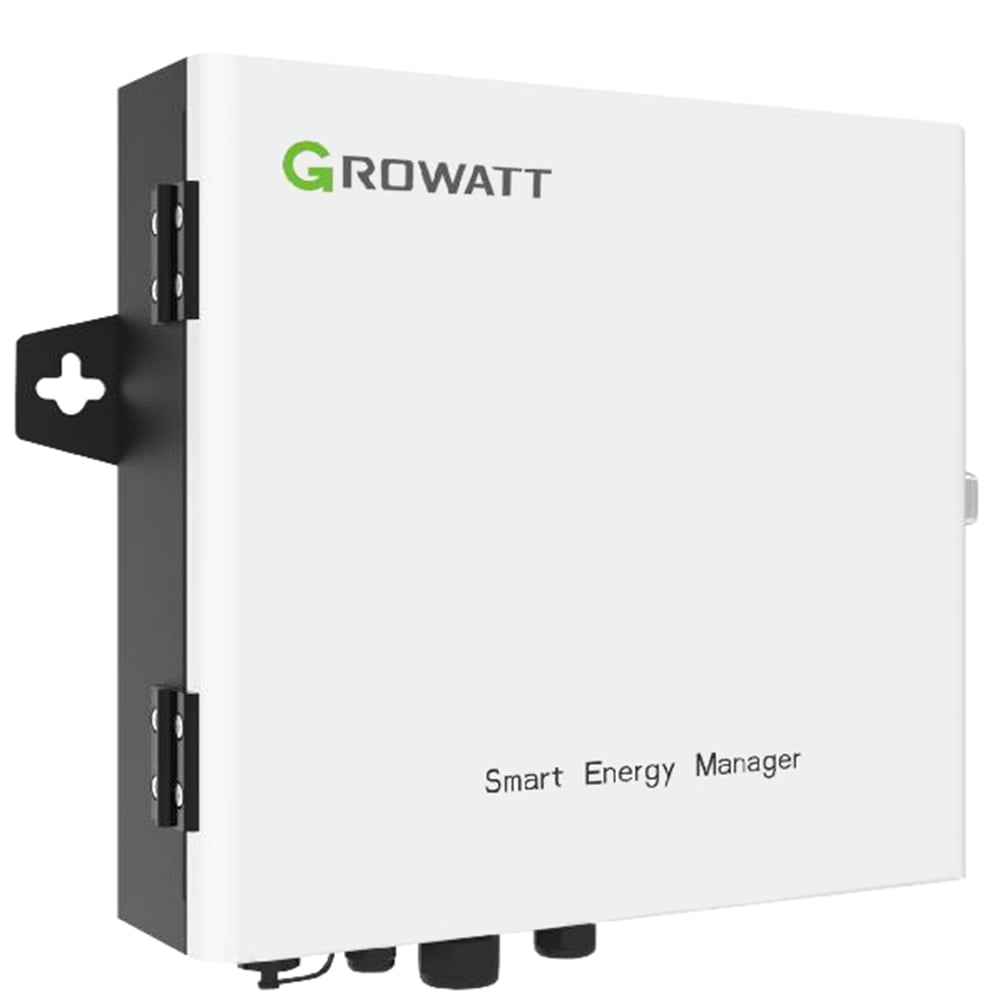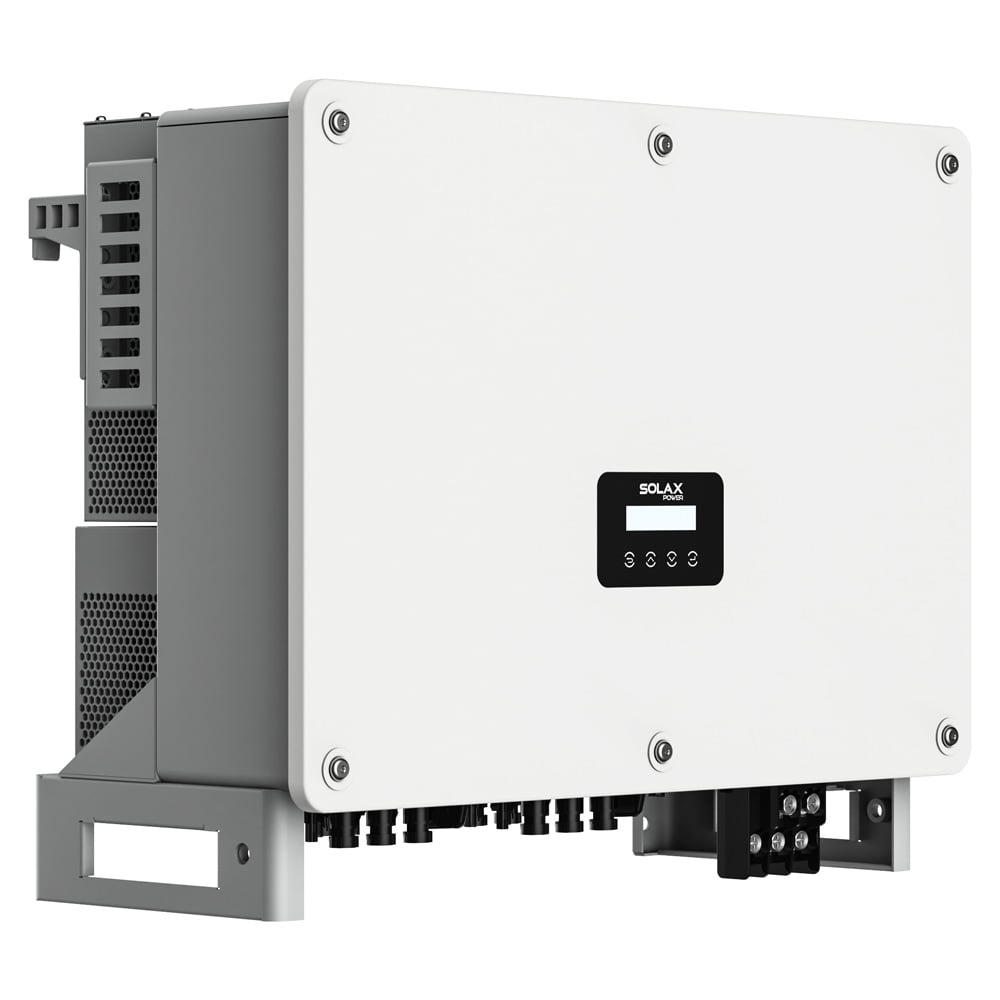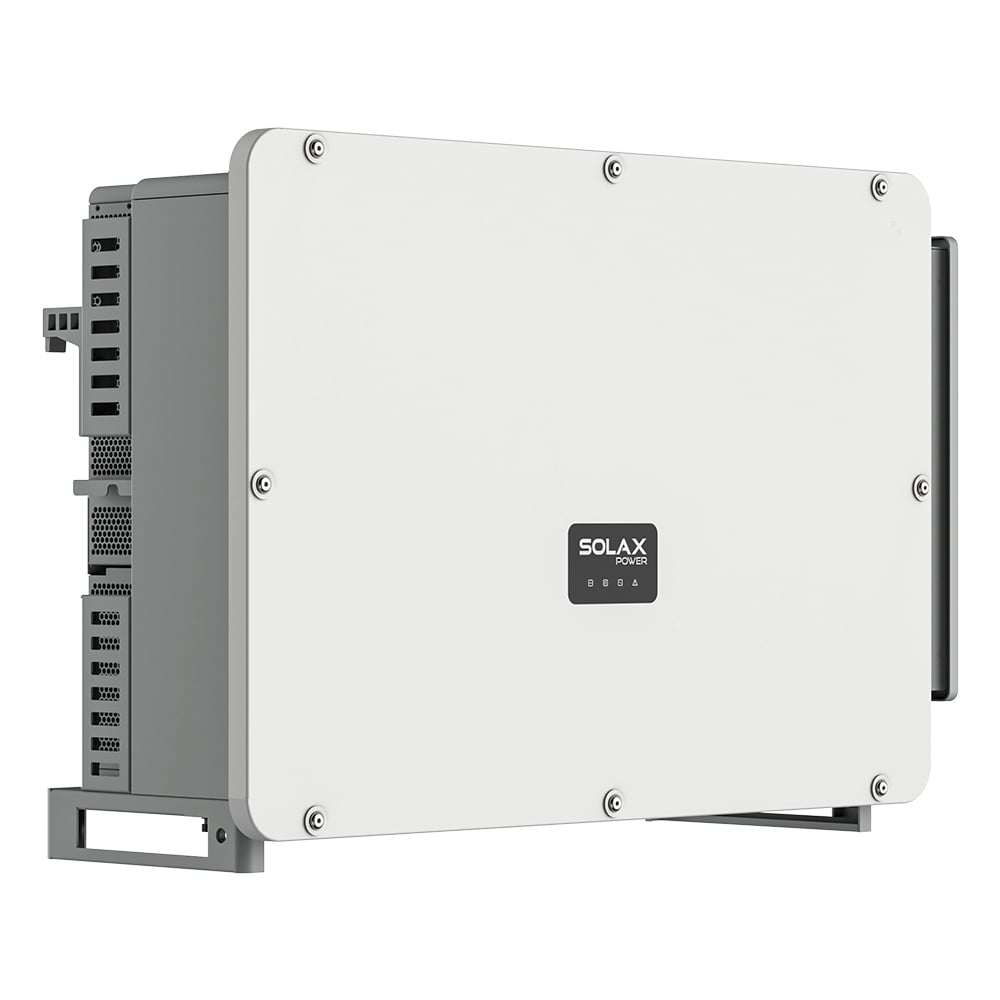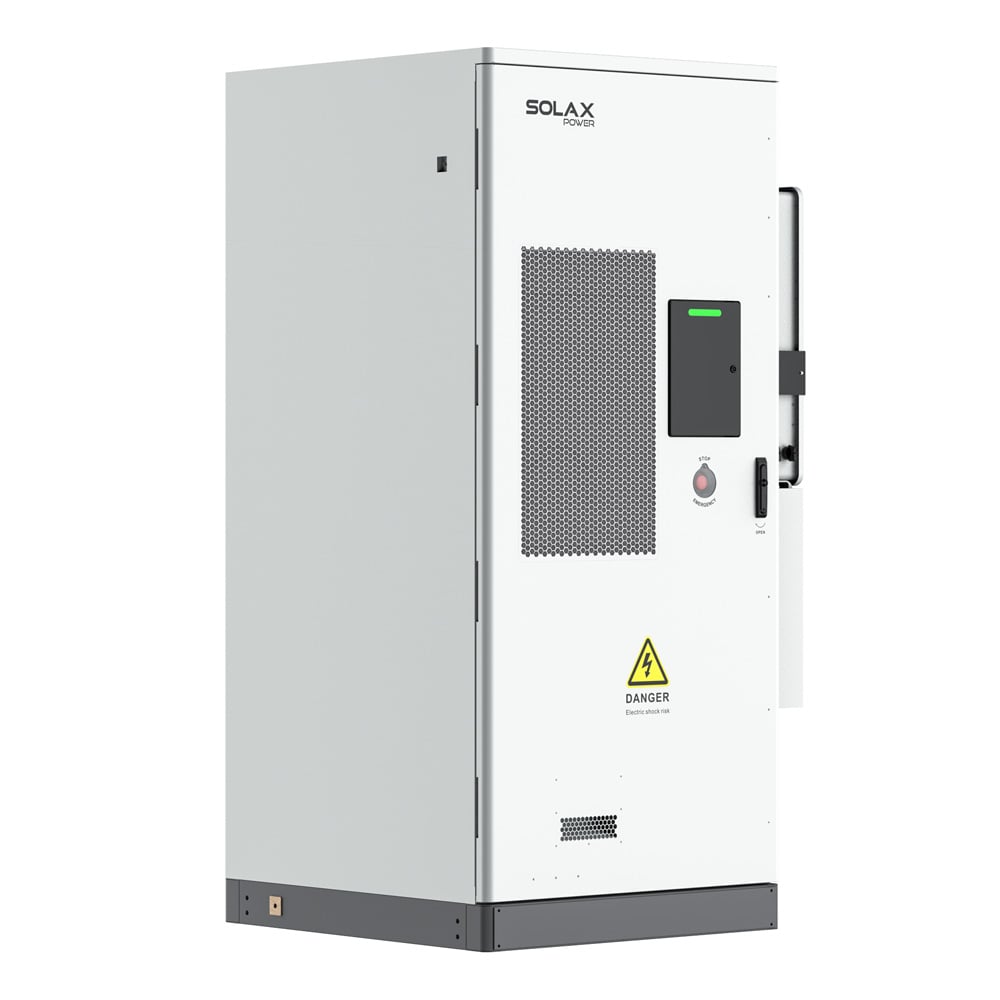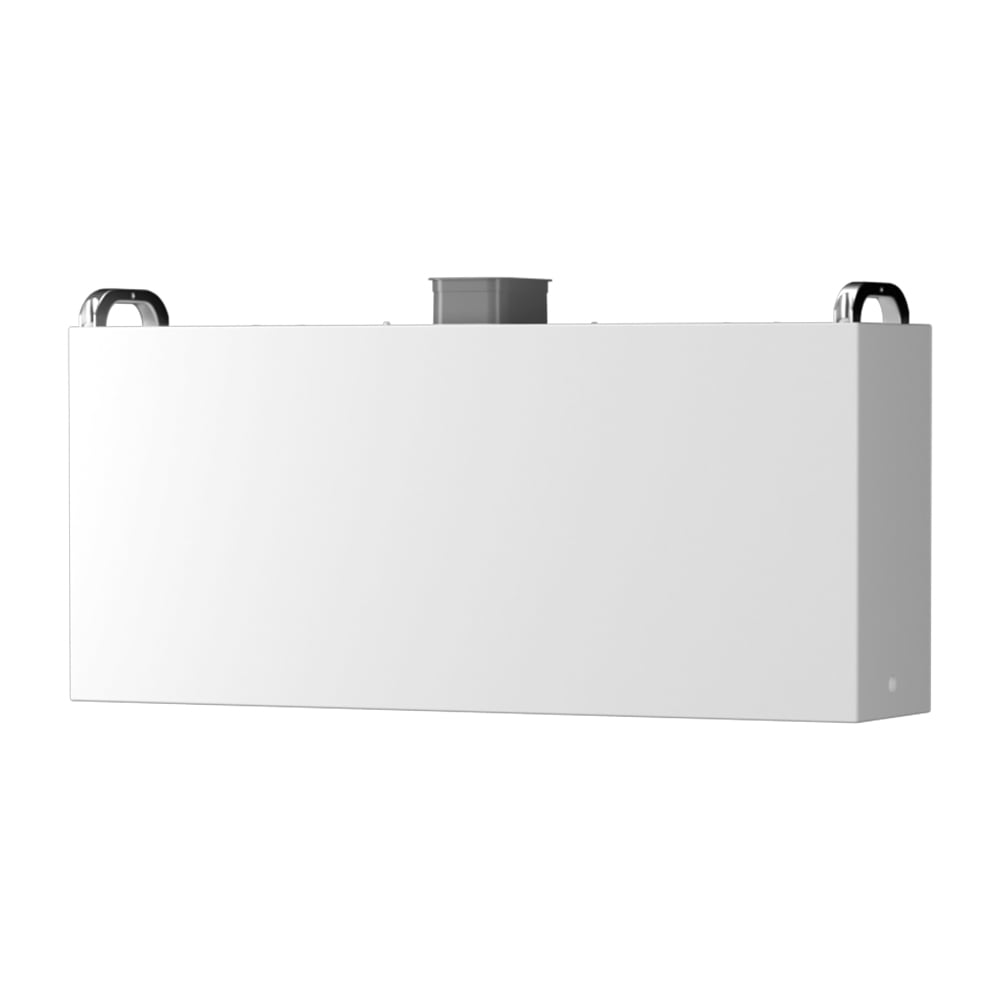SolaX X3-AELIO-50K hybrid inverter 50 kW for ESS-AELIO system
Shipped in 10-14 Werktage
€6,812.01*
€5,724.38**
The X3-AELIO-50K hybrid inverter from SolaX (MPN: 1080020009) is a 50 kW powerhouse that, with 5 MPPTs, 200% PV oversizing, and up to 150% emergency power, optimally equips and protects your system while maximizing your yields. Thanks to integrated functions such as intelligent load management, wireless consumption measurement, flexible 24/7 planning, and the option of integration into microgrids, you can optimize your energy supply while reducing operating costs. It is flexible and compatible with various capacities of SolaX batteries, allowing you to tailor the system to your individual needs.
Thanks to VPP compatibility, it is ideal for use in virtual power plants. The fast switchover time of less than 10 milliseconds ensures a seamless transition between grid operation and off-grid operation. With two independent battery inputs, you can flexibly and easily expand the storage capacity at any time to optimally adapt your energy system to your needs.
overview of the AELIO inverter
- 5 MPPTs with 2 strings each
- AI-enabled, intelligent energy management strategy
- Maximum 200% PV input, suitable for high-performance modules
- Intelligent load management and scene function
- IV curve scan for early diagnosis of solar module problems
- Microgrid-capable, supports real-time power balancing
- Arc fault detection (AFCI), Type II AC/DC SPD
- Backup function, switchover time less than 10 ms
- Up to 150% EPS output for 10 seconds
- Efficiently combines solar charging and battery charging
- Supports island operation (off-grid operation)
- 2 independent battery connections - capacity expansion
- 7x24h schedule mode for flexible control
- Supports wireless meter solutions
- VPP-capable, SolaXCloud usage, plug & play
General functionality
The inverter is equipped with a multi-channel MPPT, so you can always use the maximum power even under varying conditions of your solar modules. It efficiently converts the generated direct current into grid-compliant alternating current and feeds it directly into the power grid. An integrated lightning arrester on the AC and DC sides reliably protects the inverter from overvoltage and increases the operational safety of your system.
200% PV oversizing
You can connect solar modules that together have up to twice as much power as the inverter itself. If your inverter has 50 kW, you can connect solar modules with up to 100 kWp. This allows you to generate more electricity even when there is less sun or on cloudy days. The maximum power that the inverter can deliver to the house remains the same, but you can reach this peak power more often. This allows you to get more out of your solar system overall and increase your electricity yield throughout the year.
IV curve scan
The scan is an automatic diagnostic function that measures the current-voltage characteristic curve of your PV modules. This allows power losses, contamination, or defects to be detected at an early stage without the need for additional measuring devices. This simplifies maintenance, increases operational reliability, and ensures maximum energy yields from your system.
Various operating modes
In on-grid operation, you can choose from six different operating modes: self-consumption, feed-in priority, backup, peak shaving, schedule, and EPS. Manual operation is only intended for the customer service team. This allows you to flexibly adapt the energy supply to your everyday life and your individual needs. In the event of a power failure, the system automatically detects the interruption and switches to EPS mode on its own. This ensures that important electrical appliances continue to be reliably supplied with power.
Self-consumption mode
...is particularly suitable for regions where feed-in tariffs are low and electricity prices are high. In this mode, the solar power generated is primarily used for your own consumption. Surplus energy first charges the battery. Only when your own needs have been met and the battery is fully charged is the remaining electricity fed into the public grid. This allows you to maximize your independence from the electricity supplier and reduce your energy costs.
Feed-in priority
...is ideal for regions with attractive feed-in tariffs, but where there is a limit on the amount of electricity that can be fed into the grid. In this mode, you first use the solar power you generate for your own needs. any surplus energy that you do not consume yourself is fed into the public grid. Note: Once the permitted feed-in quantity has been reached, the remaining energy is automatically used to charge the battery.
Backup mode
...is ideal for locations with regular power outages. In this mode, the system ensures that the battery always remains at a high state of charge. This allows you to continue to reliably supply important devices with energy in the event of a power outage. Energy is controlled according to the same principle as in self-consumption mode.
Peak shaving mode
...is designed to enable you to specifically balance out peaks in electricity consumption. The system ensures that the battery is charged during periods of low electricity consumption. When electricity demand is high, the battery then provides energy to absorb peak loads. This allows you to make optimal use of your energy and reduce your electricity costs in the long term.
TOU mode (Time-of-Use)
...you can use the SolaX Cloud app or the web to specify exactly how your system should operate at different times of the day. You can divide the day into up to 24 time slots, each lasting at least 15 minutes. For each time slot, you can individually select whether the system should switch to self-consumption, charging, discharging, peak load operation, or battery shutdown, for example. This allows you to optimally adapt your energy management to your daily routine and different electricity tariffs. Detailed setup instructions can be found in the web guide or in the app.
EPS (off-grid)
...In the event of a power failure, the system automatically takes over the supply of your most important devices (EPS consumers) – either directly with solar power or with energy from the battery. The prerequisite is that a battery is installed and the connected devices do not exceed the maximum power of the battery. The electricity generated by the solar system is first used to supply the consumers. Surplus energy is used to charge the battery.
Intelligent load management and scene function
This automatically and efficiently controls your household electricity consumption. The system continuously monitors how much electricity is currently being consumed and how much solar energy is being generated. It can activate large consumers such as heat pumps or charging stations for electric cars specifically when a particularly large amount of solar power is available. This allows you to make optimal use of the electricity you generate yourself and reduce your consumption of expensive grid electricity. At the same time, intelligent load management helps to avoid power peaks and make sensible use of the battery. For you, this means that your energy consumption is automatically adjusted so that you save costs and your solar system is used as efficiently as possible at all times – without any additional effort.
The scene function allows you to set up intelligent processes and automations for your energy management. With this function, you can specify how the system should respond in certain situations or at certain times. For example, you can set the battery to charge automatically when a particularly large amount of solar power is being generated, or you can set certain devices to only be supplied with power when electricity prices are low. It is also possible to switch automatically between different operating modes. This allows the system to adapt optimally to your individual needs and energy consumption, ensuring efficient use of your solar system.
Microgrid
Normally, grid-connected inverters do not supply power when the public grid fails, even if your solar system continues to generate energy. The microgrid function of the AELIO series solves this problem. It simulates its own power grid and thus activates your grid-connected inverter even in the event of a power failure. By connecting the grid-connected inverter to the EPS connection of the AELIO system, you can continue to use solar or battery power even when the public grid is unavailable. This ensures that you have a reliable supply of energy even during power outages.
Protection and safety
- overvoltage/undervoltage protection, overtemperature protection
- DC isolation protection, DC reverse polarity protection, DC feed monitoring
- Grid monitoring, regenerative power monitoring, fault current detection
- Active anti-islanding method
- AC auxiliary power supply (APS)
- Arc fault circuit interrupter (AFCI) - optional
Arc detection (AFCI) - optional
If your PV modules, connectors, or cables are incorrectly installed or damaged, arcing can occur, which can cause fires. To quickly prevent such fires, SolaX has developed an optional arc detection feature. This feature can be installed and provides a higher level of safety for you and your PV system.
SolaXCloud
SolaXCloud is an intelligent platform for managing your home energy. It provides you with a clear overview of your energy consumption and power generation, as well as easy control of all connected devices. This allows you to optimize the efficiency of your power consumption and get the most out of your solar system. Your data is transmitted securely and reliably at all times. With the Monitoring Cloud app, you can conveniently monitor your photovoltaic system via Wi-Fi, LAN, or 4G. You can view alarms, adjust settings, and control maintenance. To do this, plug the dongle into the USB port of the inverter. Once switched on, you can connect to the app immediately. You will find the QR code for downloading the app in the user manual.
Technical data
PV input
- Max. recommended PV power: 100 kWp
- Max. PV input voltage: 1000 V
- Nominal PV input voltage: 650 V
- MPPT voltage range: 160-950 V
- Start voltage: 180 V
- Number of MPPT: 5
- Strings per MPPT: 2
- Max. input current per MPPT: 40 A
- Max. short-circuit current per MPPT: 50 A
AC input and output (grid-connected)
- Nominal output power: 50 kW
- Max. apparent output power: 55 kVA
- Nominal output current:
- 75.8 A at 220 V
- 72.5 A at 230 V
- 69.5 A at 240 V
- Max. continuous output current
- 83.4 A at 220 V
- 79.8 A at 230 V
- 76.4 A at 240 V
- AC rated power
- 3/N/PE, 220/380 V
- 3/N/PE, 230/400 V
- 3/N/PE, 240/415 V
- AC rated frequency: 50/60 Hz
Battery
- Battery type: LFP
- Battery voltage range: 160-820 V
- Max. charging/discharging current: 160 A (80 A x 2)
EPS (off-grid) output
- EPS nominal output voltage, frequency:
- 3/N/PE, 220/380 V, 50/60 Hz
- 3/N/PE, 230/400 V, 50/60 Hz
- 3/N/PE, 240/415 V, 50/60 Hz
- EPS rated output power: 50 kVA
- EPS peak output power: 75 kVA, 10 s
- Switchover time: <10 ms
General
- Max. efficiency: 98%
- European efficiency: 97.2%
- Cooling: Intelligent cooling
- Protection class: IP66
- Operating temperature range: -35°C to +60°C
- Weight: <100 kg
- Dimensions: 820 x 670 x 257 mm
Scope of delivery
1x Solax X3-AELIO-50K hybrid inverter 50 kW for ESS-AELIO system
1x mounting bracket
Includes installation accessories
Manufactuerer Information
SolaX
SolaX Power Europe GmbH
Eisenstraße 3
65428 Rüsselsheim
Germany
Mail: rudolf.schell@solaxpower.com
Tel.: +86 571 56260008


